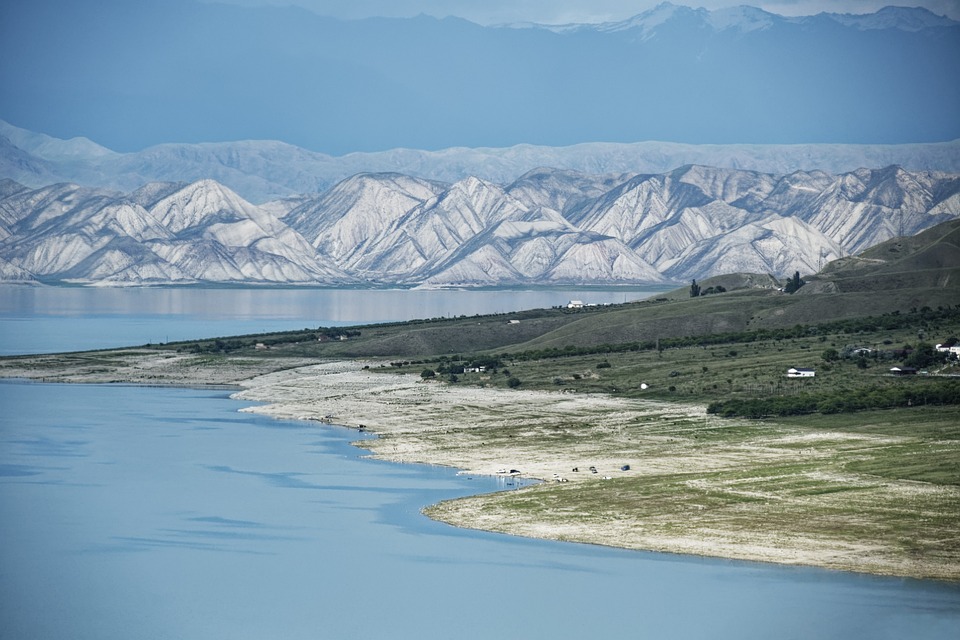Dam, Beavers, and Lodges: The Fascinating World of Beaver Engineering
Deep in the heart of forests and wetlands, a remarkable engineering feat is taking place, courtesy of nature’s own engineers – beavers. These incredible creatures have been building dams, lodges, and canals for thousands of years, transforming their environments and creating thriving ecosystems. In this article, we’ll delve into the fascinating world of beaver engineering, exploring the remarkable structures they construct and the benefits they bring to their habitats.
Beaver Dams: The Heart of Beaver Engineering
Beaver dams are the most iconic and impressive structures built by these industrious animals. These dams are constructed from sticks, branches, and mud, and can stretch for hundreds of feet. Beavers create dams to achieve two primary goals: to create a pond-like environment for their homes and to regulate the water flow in their territory. By building dams, beavers can:
- Create a stable water level, which allows them to build their lodges and canals
- Provide a safe and stable food source by creating a pond-like environment for aquatic plants to grow
- Regulate the water flow, which helps to prevent erosion and maintain the overall health of the ecosystem
Beaver Lodges: The Beaver’s Home Sweet Home
Beaver lodges are the beavers’ equivalent of a human home. These remarkable structures are built from sticks, mud, and vegetation, and can be up to 10 feet tall and 20 feet wide. Beavers construct their lodges using a combination of mud and sticks, creating a sturdy and cozy abode. The lodge serves as a:
- Safe haven from predators and harsh weather conditions
- Storage facility for food and other essential items
- Birthplace for baby beavers (kits)
- Social hub for beaver family bonding and communication
Beaver Canals: The Beaver’s Highway System
Beaver canals are an integral part of their engineering feats. These canals are constructed to connect their ponds, lodges, and food sources, allowing beavers to travel safely and efficiently. Canals are built using the same materials as dams and lodges, and can stretch for hundreds of feet. Beaver canals provide:
- A safe and efficient way for beavers to travel and transport food and materials
- A means of communicating with other beavers and warning them of potential threats
- A way to maintain the overall health and stability of their ecosystem
Fascinating Beaver Facts
- Beavers are ecosystem engineers, meaning they play a crucial role in shaping their environment and creating habitats for other species.
- Beavers are responsible for creating over 30% of the world’s wetlands.
- Beavers are herbivores and primarily feed on aquatic plants, bark, and leaves.
- Beavers are monogamous, with pairs staying together for many years.
- Beavers are incredibly skilled engineers, with their dam-building skills rivaling those of humans.
FAQs
Q: Why do beavers build dams?
A: Beavers build dams to create a stable water level, provide a safe food source, and regulate the water flow in their territory.
Q: What do beavers use to build their dams and lodges?
A: Beavers use sticks, branches, mud, and vegetation to build their dams and lodges.
Q: How do beavers maintain their dams and lodges?
A: Beavers constantly maintain and repair their dams and lodges using new materials and techniques.
Q: Are beavers a threat to humans?
A: Beavers are generally harmless to humans and can actually benefit the environment by creating habitats for other species.
Q: Can humans live in beaver-built structures?
A: While beaver lodges are not suitable for human habitation, some humans have built beaver-inspired homes and structures using similar engineering techniques.
Image:
[Insert image of a beaver dam, lodge, and canal]
Caption: A beaver dam, lodge, and canal in the Canadian wilderness, showcasing the incredible engineering feats of these remarkable creatures.


